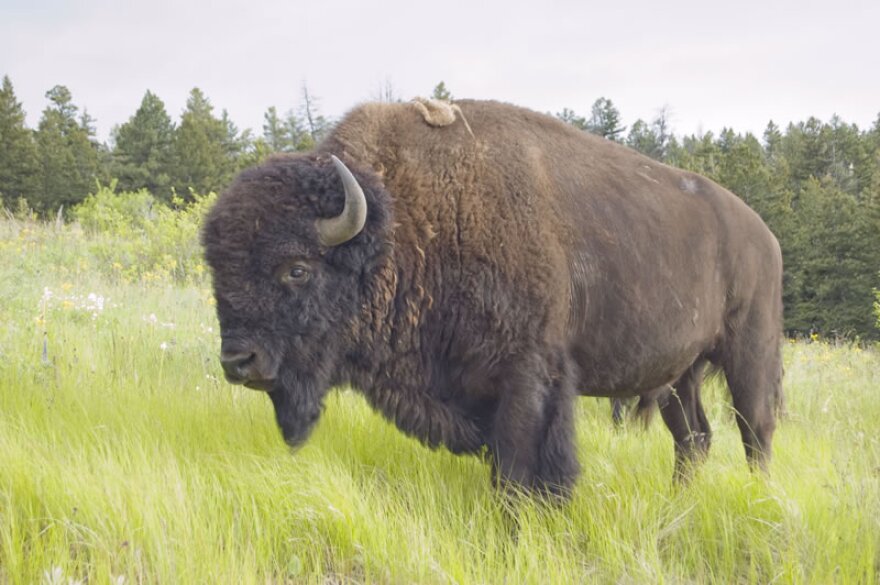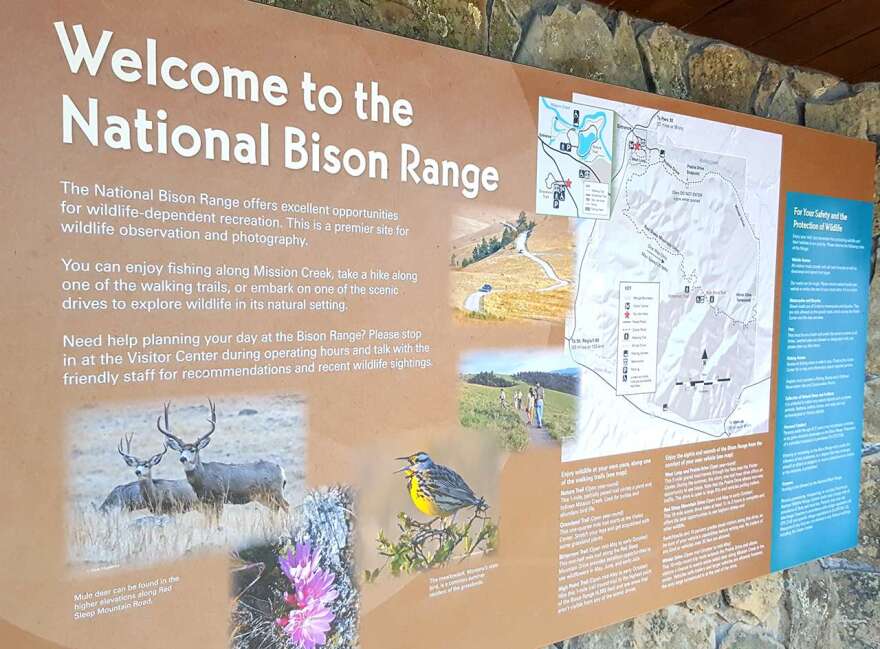One month after pulling a proposal to transfer management of the National Bison Range to the tribes of the Flathead Reservation, Interior Secretary Ryan Zinke yesterday made it official: Management will remain in the federal government’s hands.
The National Bison Range was carved from the Flathead Reservation in 1908 to preserve the country’s dwindling bison population. It’s been owned and managed by the U.S. Fish and Wildlife Service ever since.
Last year, the Obama administration proposed handing over management of the range to the Bureau of Indian Affairs. The BIA would then transfer local control to the Confederated Salish and Kootenai Tribes.
On Tuesday, the Department of the Interior officially changed tack:
"The Department of the Interior has reviewed the U.S. Fish and Wildlife Service’s proposal for management of the National Bison Range and determined it will continue under Service ownership," U.S. Fish and Wildlife Service spokesperson Ryan Moehring said.
Moehring quoted a statement from Interior Secretary Ryan Zinke, who oversees the Fish and Wildlife Service:
“As secretary, my job is to look 100 years forward at all of Interior's resources. I recognize the Bison Range is a critical part of our past, present and future, which is why I have changed course,” Zinke's statement said.
Secretary Zinke has said he is committed to not selling or transferring public lands. When the proposal to transfer Bison Range management came up during his bid for reelection to Montana’s House seat, he never came out in support or opposition.
Tribal spokesperson Robert McDonald points out the proposal would not have transferred ownership of the range to the tribes. Instead, he says the proposal would have restored the range to federal trust status for the Tribes, as it was when the reservation was created in 1855.
"While the Tribes continue to believe that restoration is an elegant solution to the question of National Bison Range management, and would continue federal ownership of the land, we look forward to further discussions with Secretary Zinke and the Service regarding our common interests in natural resources stewardship," McDonald said.

The Confederated Salish and Kootenai Tribes have partnered with the Fish and Wildlife Service in the past for co-management projects, like efforts to recover endangered bull trout and grizzly bears. McDonald says the Tribes look forward to future planning discussions with Secretary Zinke.
"We appreciate the secretary’s continued interest in exploring tribal management of the bison range, particularly in light of the potential reduction in budgets that might be faced by the refuge system," said McDonald.
The Fish and Wildlife Service is now in the process of updating the bison range’s comprehensive conservation plan and accompanying environmental impact statement, which will outline management goals for the next 15 years. The service is accepting public comment now through June 19.
The U.S. Fish and Wildlife Service is opening a 30-day public comment period for on the scope of the CCP/EIS. Written comments must be received on or before June 19, 2017. The public may submit comments in two ways:
Email: Scoping@NBR.fws.gov
Mail or hand delivery: Toni Griffin, Refuge Planner, NBR CCP, 134 Union Boulevard, Lakewood, CO 80228


